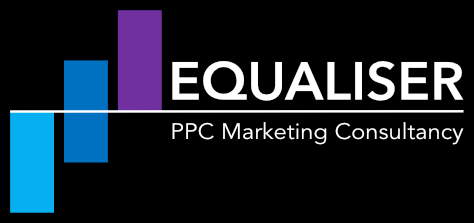Less structure, more growth.
PPC has long been obsessed with structure, rooted in the campaign logic that Google created in Google ads:
Campaign
Ad group
Keyword
Match type
Ads
Landing page
PPC Restructures
In PPC strategy discussions with clients, the same ideas often come up:
Restructure PPC campaigns to improve performance.
Reduce campaign structure to let machine-learning do its magic.
Segment campaigns to have more control.
Google Ads is Now More Goal-Oriented

Today’s PPC strategy now begins and ends with the campaign goal, which is then activated through AI:
Reach people with Search, Shopping, Display, and YouTube ads.
Target people with specific intent or product interest.
Find new customers in these audience groups.
Buy more conversions within this KPI.
Test incremental volume in broader markets.
This simplicity creates a more dynamic way of marketing across Google platforms.
With Google products like Performance Max and Demand Gen, this adaptability goes one step further.
The Power of AI-Driven Targeting
One of our PPC Consultancy clients in e-commerce saw a 17% increase in conversions by simply testing broader campaign types with specific targeting.
From a more minimalist structure, Google AI adapts to target the right user, in the right place, with the right ad, and potentially beyond Google Search.
This means less granular control but greater growth potential.
By moving PPC beyond Search, it’s now truly Google Ads.
---
Equaliser is a PPC Marketing Consultancy designed to help brands get the best results on Google and Bing. If you are having challenges with PPC performance and want to grow revenue, get in touch to discuss your project. contact@equaliser.co.uk

Comments